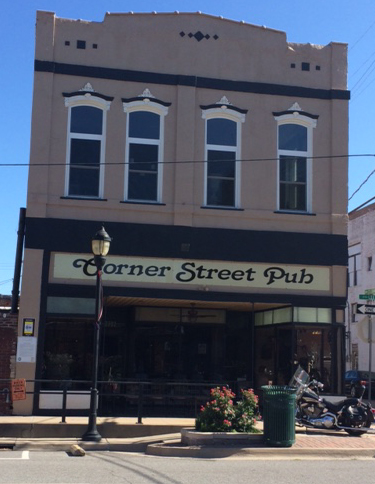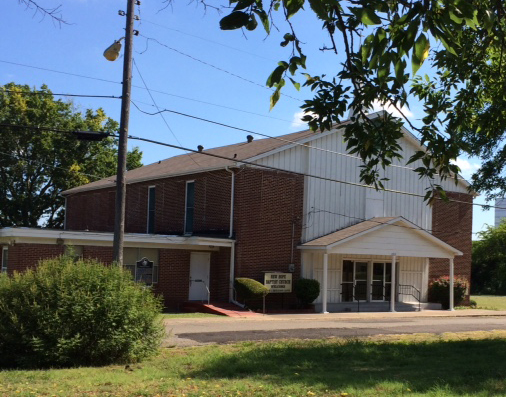Let’s have some fun today. I have put together a list a questions about the history of Hunt County, including Greenville that you might not know. I have also provided clues to finding answers.
Who were the two men from Hunt County involved in the tragic Osage Murders of 1921? At least two dozens tribal members were found dead. The cases remained unsolved until the Osage Tribal Council turned to the federal government. The FBI was soon on the trail. For answers and an exciting search the following link tells all. Look for A Byte Out of History (https://www.fbi.gov/news) or google Osage Murders.

Corner Pub at the corner of Wesley and Lee in Greenville. Look on the exterior wall to the left of the entrance. Remember yellow and black for your clue. Good luck!
The second question involves an early road from Commerce to Greenville to Caddo Mills and on to Garland. What was the name of the road, what number was assigned to the route, and what was the later nickname used in promotional materials along the route? The clue will be a fun adventure. There is a plaque on the outside wall at Corner Street Pub. It’s not a historical marker, but put up by the group promoting the highway. Look for yellow and black.
Hunt County was the home of more than 100 rural schools and a fairly good number of colleges. The Progressive Era in the late 1890s saw colleges and preparatory schools pop up throughout the county. Unfortunately, all but one was gone by World War II. Some changed their name often but they included Burleson College, East Texas State University, Henry & Emerson, Wesley, Commerce College, Calhoun College, Hawthorn College and Elmwood College.
Now the question: how many schools K-Graduate Schools have Texas Historical Markers? There are eight markers in place now, and one for Blanton School in Wolfe City is on the way. Where is each located?
One of the most interesting characters in our history didn’t make his home here but he and his mother influenced Quinlan, Greenville, and Commerce and their chosen profession extensively. Who were they? The Texas Historical Commission marker with the “goods on the pair” is located on Highway 34 on the south side of Quinlan. Look for the school bus barn on the east side of the road.

New Hope Baptist Church on Mill Street in Greenville. Your clue is to the left of the main entrance. Good luck.
One of the earliest, if not the earliest, woman to become a Greenville Independent School District administrator has a Texas Historical Marker in her honor. She was the first African-American school administrator in Greenville who was known for her concern about educational opportunities for African-American young people. Be inspired when you the read the marker located in front of New Hope Baptist Church on Mill Street.
Dr. Jim Conrad and Dr. Thad Sitton wrote Freedom Colonies: Independent Black Texans in the Time of Jim Crow in 2005. The Freedom Colony located here in Hunt County was at Neylandville. St. Paul’s School was the source of education for numerous students in the county. Read more on the marker at Neylandville just off Highway 224.
Needless to say I am promoting the Hunt County Historical Commission. We welcome new members, whether you were born in Hunt County or not. Our next meeting will be Thursday, July 28 at the Audie Murphy/American Cotton Museum. Come join us at 7:00. No dues, just good fun and opportunity to volunteer for Historic Preservation in Hunt County. See you then. And bring your answers! Who can answer all?
